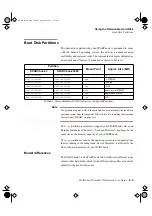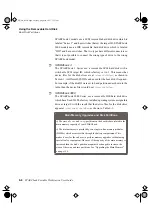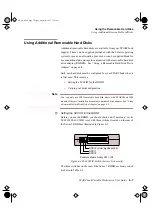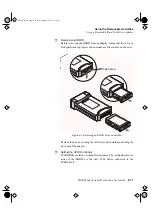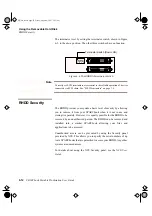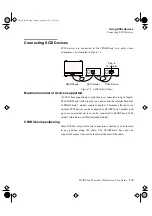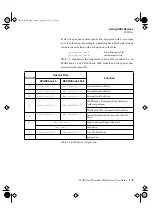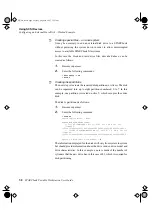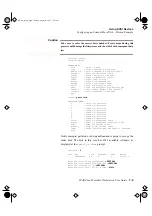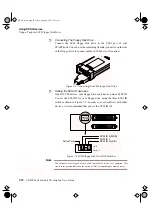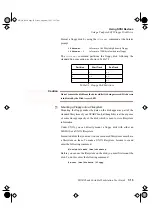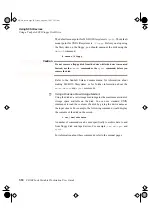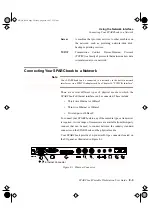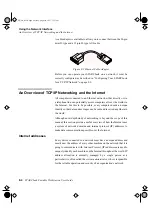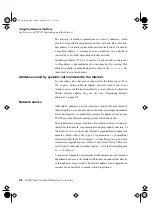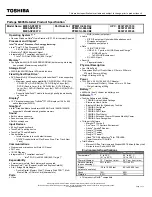
SPARCbook Portable Workstation User Guide
7-7
Using SCSI Devices
Configuring an External Hard Disk – Worked Example
Tadpole S3 SPARCbook, keyboard present
ROM Rev 2.15 V1.00
32 MB memory installed, Serial #10683270
Ethernet address 0:0:83:a3:3:86, Host ID: Host ID:
80a30386
Initializing memory -
Type help for more information
ok
3.
Enter the following command:
ok
create no-resume?
ok boot -r
The
-r
option causes the SPARCbook to carry out hardware
reconfiguration. In this example, the SPARCbook detects the external
hard disk and creates the necessary special files to allow the
filesystem(s) on the new hard disk to be accessed.
The SPARCbook creates both block and raw device files in the
/dev/dsk
and
/dev/rdsk
directories, respectively, for each of eight
possible slices (partitions). Thus, in the case of the example drive with
a SCSI ID of 2, the following special files are created:
/dev/dsk/c0t2d0sn
/dev/rdsk/c0t2d0sn
Where:
c0
defines the SPARCbook system’s internal SCSI controller, in
this case 0 (zero). In the case of a SPARCbook 3000, this would
be 1.
t2
defines the SCSI target address, in this case 2.
d0
defines the drive number, which is normally 0 (zero) in the case
of a drive with an embedded SCSI controller.
sn
defines the disk slice, where n is a number between 0 and 7.
Note
Historically the target ID identified a SCSI controller card to which there might be
connected one or more disk drives or tape drives. The current tendency is for drives to
have a built-in (or embedded) SCSI controller in which case the drive ID is most often 0
(zero).
S3UG4_Book Page 7 Friday, August 8, 1997 11:37 am

